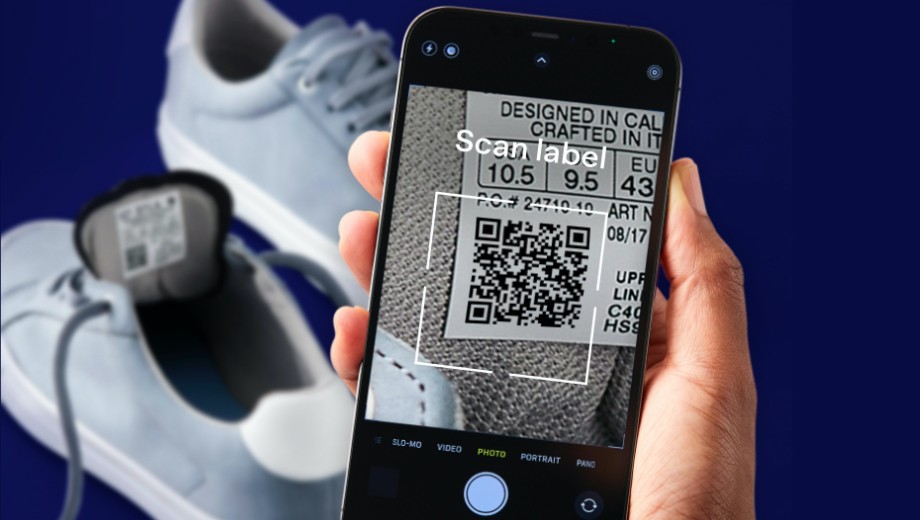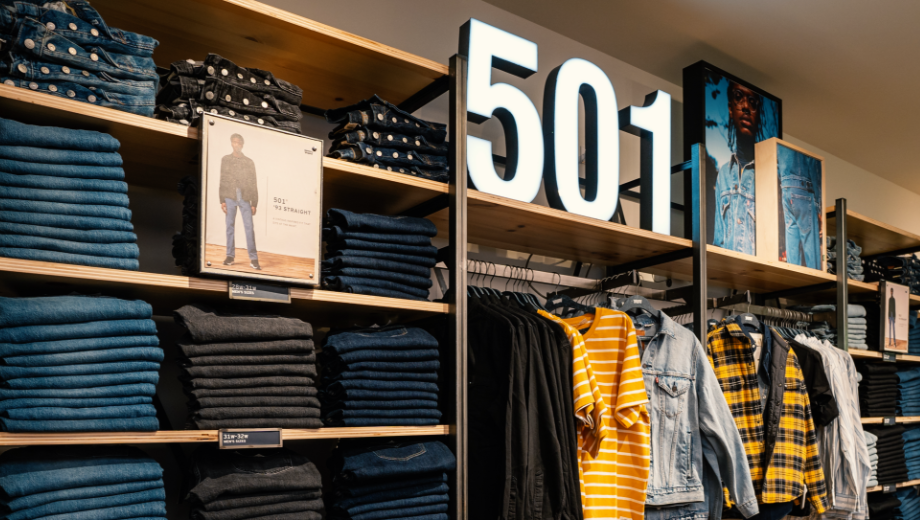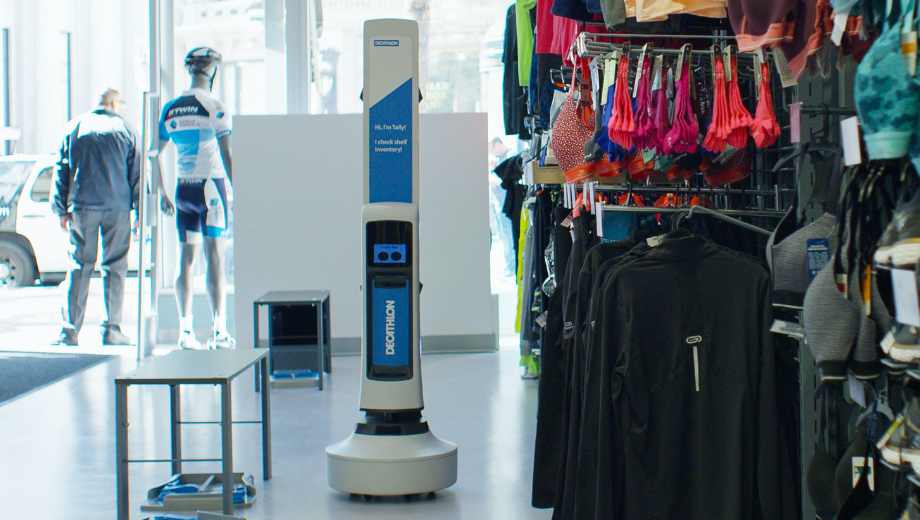Creating revenue growth is not only about selling more products: it’s about engaging the customer throughout the product lifecycle. Check how NFC can provide the key.
According to a report prepared by Fung Global Retail & Technology, many retailers could enhance their success by thinking more like brands in their approach to private-label goods. By adopting brand-like levels of engagement and making product ownership more desirable, they can increase competitiveness and maximize profitability through increased consumer loyalty.
The report focuses on how retailers can “think like brands” by including NFC technology in their own products, such as private-label clothing ranges. This extends customer contact beyond the point of sale, since retailers can provide them with useful product information or branded content during the product’s entire lifetime.
Enhancing the shopping experience
One of the ways to engage customers featured in the report is the deployment of NFC as an in-store technology, which allows retailers to communicate directly with consumers visiting their shops. Using an NFC-enabled device such as a smartphone or a tablet, shoppers can tap any tagged item to obtain more information about the product.
The technology can create a very targeted shopping experience for consumers, and can also be used to introduce a wider product selection. Retailers cultivating their engagement with customers should see a positive impact on revenue growth.
The report also highlights how NFC tags can deliver new content whenever a customer taps a smartphone onto the NFC tag embedded in the product. This allows retailers not only to engage customers with a more personal, interactive shopping experience, but also to maintain a relationship with them throughout the entire lifecycle of a product.
Measurable impact beyond the point of sale
When shoppers access the social media links or access a transactional website featured in product-specific NFC tags, information about their browsing preferences can be used by the retailer or by brand managers to profile the shoppers, and to personalize any future marketing messages on demand.
Fung’s research underlines how information via NFC tags can encourage further store visits and create a sense of exclusivity by rewarding loyal customers. For example, retailers can provide notifications -- through NFC tags embedded in previously purchased items -- about exclusive collections only available in-store to “privileged” customers.
The report also notes that retailers can measure the impact of these messages through NFC. By using tools such as Google Analytics, they can accurately calculate the impact of marketing campaigns, by tagging the links used in NFC tags.
Branded Apparel use cases: Dyne and Spyder
Fung includes specific use cases in its overview of the sector, including casual-fashion firm Dyne and ski- and performance-wear brand Spyder.
Dyne and Spyder have closely collaborated with Smartrac to introduce clothing with embedded NFC technology that encourages consumers to engage with the brand during the entire product lifecycle.
Dyne: Engaging customers beyond point of sale
Dyne uses NFC technology to engage with customers from purchase through to product end-of-life. Dyne’s garments feature a special embedded NFC tag, developed by Smartrac, which provides enhanced environmental resistance. Users wearing the item can tap the NFC tag embedded in the fabric to access personalized content, such as product information, or links to lifestyle content such as music streaming via the SoundCloud music app.





